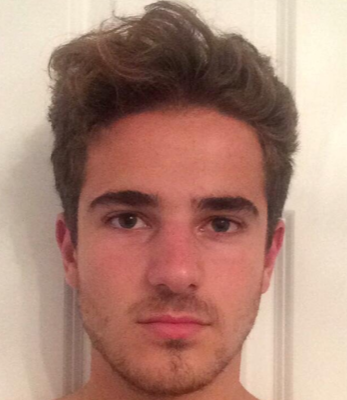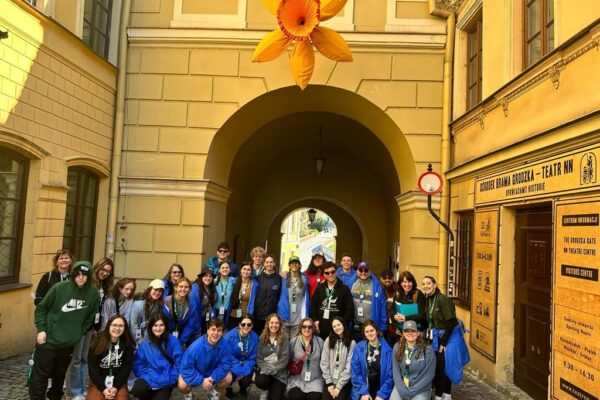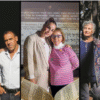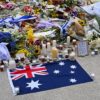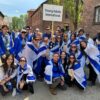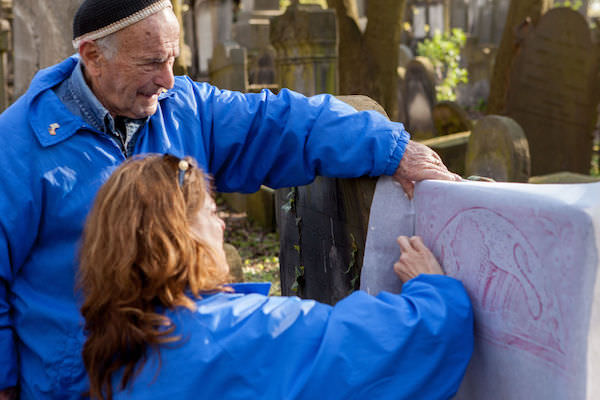
Hank Brodt, survivor of five Nazi death camps, works with Eve Knapp to etch a gravestone at Warsaw Jewish Cemetery, one of the largest in the world.
After bearing immense grief, transformed into hope and exhilaration, a group of committed Guilford County Jews returned from the annual March of the Living spiritual-educational journey in Poland and Israel.
Representing the Mid-Atlantic Region, Guilford’s group joined contingents from Southern Virginia and South Carolina in the intense educational program, attracting individuals worldwide to study the history of the Holocaust and examine the roots of prejudice, intolerance and hate.
During an intense two weeks in late April into May, the group of high school students, adults and a survivor of five death camps managed to “metabolize” the intensity of our life-altering experience of stepping into unspeakable horrors of the Holocaust and emerging strengthened in reverence and celebration within the modern Jewish State.
Again this year for his 17th time, Greensboro’s Temple Emanuel Rabbi Fred Guttman arranged and led the Mid-Atlantic group of 32 students, parents, counselors, educators and High Point resident Hank Brodt, 91, survivor of five brutal Nazi concentration-death camps and 10-time March of the Living alumnus. Rabbi Guttman is planning the 2018 March of the Living trip next April with a student and adult-only component, which coincides with Israel’s 70th anniversary as a modern nation.
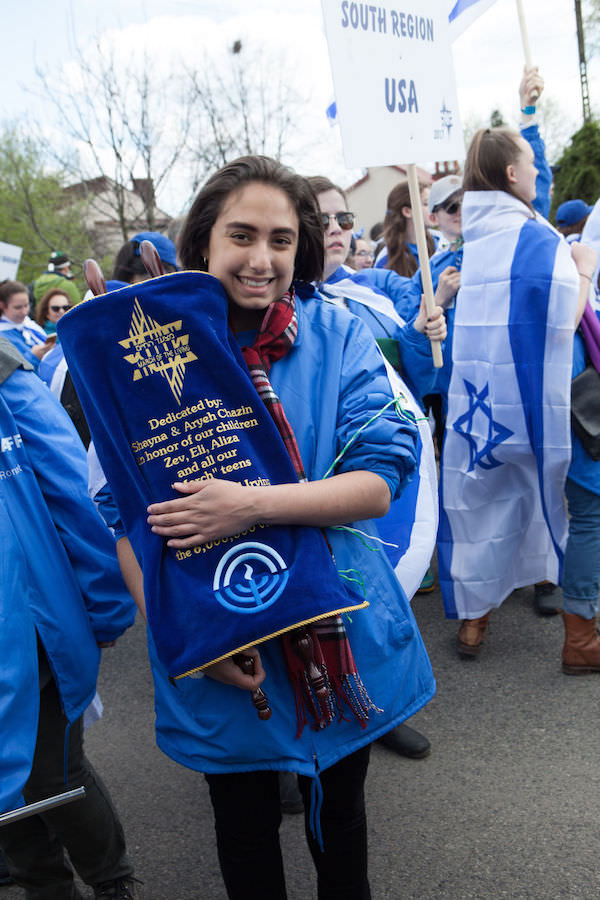
Since the first March of the Living in 1988, more than 261,000 participants from the United States and countries on every continent, have marched down the same 3-kilometer path leading from Auschwitz to Birkenau on Holocaust Remembrance Day — Yom Hashoah — as a tribute to all victims of the Holocaust, the murder of 6 million Jews and others. Auschwitz-Birkenau is the largest of the Nazi death camps, nearly 14,000 people attended solemn ceremonies. At Birkenau alone, the Nazis murdered as many people in one day during the height of the Third Reich’s monstrous, precise and intentional extermination of European Jewry.
In stark contrast after Poland, we traveled to Israel, touring the young country and participating in the Jewish State’s solemn Memorial Day — Yom Hazikaron — visiting cemeteries and attending services for fallen soldiers and civilians from terrorism.
On our final day in Israel — Independence Day or Yom Ha’atzmaut — participants danced, sung and celebrated joyfully before streaming vigorously from Safra Square in Jerusalem around the Old City’s iconic crenulated walls and through Zion Gate into the Jewish Quarter to celebrate again at the Kotel, Western Wall of the Second Temple of Jerusalem. Many Marchers carried notes — prayers to place in crevices of the Western Wall. Among those we carried in the Mid-Atlantic group was a prayer from North Carolina Gov. Roy Cooper.
That night in Tel Aviv, before returning to the United States, we joined thousands of Jews from every contingent for a gigantic outdoor dinner, a kind of culinary bivouac at Latrun, site of a ferocious battle in 1948 and now an Armored Corps Memorial and Museum.
Afterward, throngs filled a massive amphitheater for a spectacular send-off of music, dance, light show and fireworks extravaganza, with special emphasis on acknowledging Jewish return to and reunification of Jerusalem after the 1967 war.
Rabbi Guttman said the March of the Living is an intense educational journey, not a vacation in either Poland or Israel. Every day our group candidly discussed multiple spiritual, religious topics as well as controversial social and political issues, including the Jewish State’s critical relationship with neighboring Palestinians, surrounding Arab nations and threatening adversary, Iran.
In Poland and Israel, we sang and prayed on the charter bus, as well as at historic Jewish venues; especially on hallow grounds of death camps filled with audible grief and visible trembling, in centuries-old synagogues, stunning Nazi killing fields and Sabbath evening services in Poland and at the Western Wall.
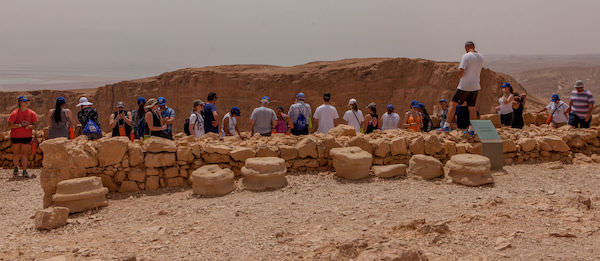
Atop Masada at Southern wall: Atop venerable Masada among ruins of Roman mountain fortress where ancient Jews sought refuge during First Jewish-Roman War, eventually to commit mass suicide instead of succumbing to siege by Roman Empire.
In and around Warsaw, Poland, the rabbi led tours and discussions at POLIN Museum of History of Polish Jews; walked in a massive Jewish cemetery (where participants rubbed etchings of grave markers); touched remaining small segments of Warsaw Ghetto walls; visited the memorial at Umschlagplatz, a horror-filled holding area adjacent to the train depot stood, where 300,000 Jews departed for death camps; paused in prayer at Mila 18, the Warsaw Ghetto bunker where resistance leaders perished after heroic revolt temporarily thwarting eventual annihilation by Nazis; traveled to the Village of Tykocin (near Bialystok) synagogue (now a museum) and nearby haunting pine forest, where 2,000-plus Jews in 1941 were murdered and whose corpses were left to rot in three open pits that are now sacred mass graves.
In the Krakow area, we toured the vibrant Jewish Quarter (Ghetto), sat in a discussion group at the public square, where scores of thousands of Jews had been deported to death camps; visited several centuries-old synagogues and cemeteries; walked to the remaining remnants of the Ghetto wall near Oskar Schindler’s World War II factory, a righteous haven that saved Jews from certain death; and a quick late-afternoon visit to nearby Auschwitz-Birkenau for a harrowing tour on the eve of the march.
In Israel, we arrived after an overnight flight to breakfast at the ancient Roman coastal town of Caesarea; participated in exuberant team-building at Atlit beach, where post-war Jews had sneaked ashore through post-World War II British sea blockade; dined on the shore of Kinneret (Sea of Galilee) followed by a boat ride with music and dancing; gathered above the border of Lebanon-Syria; walked through Syrian bunkers on the Golan Heights, captured in bloody 1967 fighting; rode bikes in lush Ben Shemen forest; walked in ancient Jerusalem’s Hezekiah’s Tunnel, Roman-era paths near the southern wall of the Temple; explored remnants of the Roman fortress and Jewish life-resistance atop venerable Masada; hiked to enchanting En Gedi oasis and waterfall; floated in the Dead Sea; met with the mayor of Yerucham in the Negev; celebrated meeting black Jews (Beta Israel) rescued in 1991 from Ethiopia; stared from Sderot into the Gaza Strip near playground bomb shelters disguised as massive cylindrical insects; and received inspirational briefing from a 20-year-old female sharpshooter commander in the Israel Defense Force.
Participants on this and past Marches of the Living continue to absorb the full impact of a galvanizing journey with emotional highs and lows, confirming the overpowering significance of learning through experience.
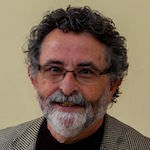
Ivan Saul Cutler lives in Greensboro. He and his spouse, Wendee, and daughter, Alexa, participated on the 2017 March of the Living, as members of the Mid-Atlantic contingent.
Originally published HERE

